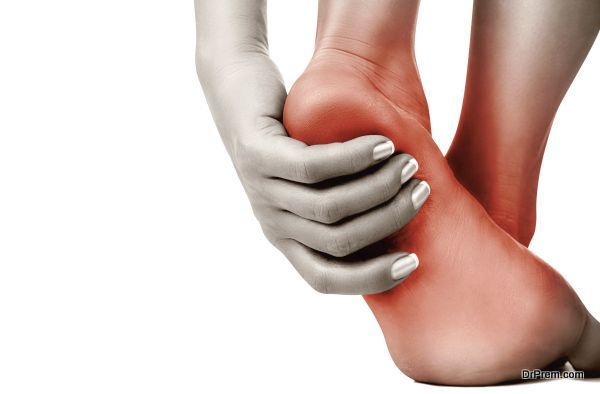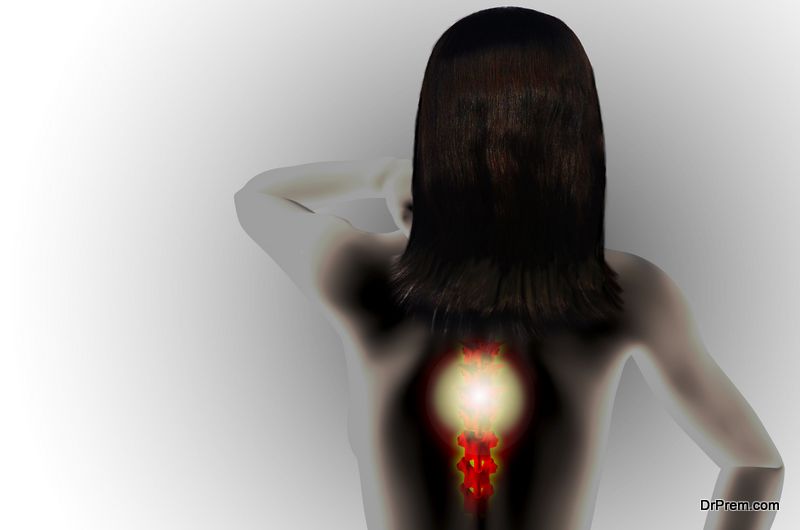Over 20% of Americans experience chronic pain, with 8% reporting it interferes with their daily lives on a regular basis. But what exactly classifies pain as “chronic”? And what are the common types, causes, and treatment options? Look no further for your answers. This article details exactly what chronic pain is, the most common forms, and how sufferers cope.
What is Chronic Pain?

By definition, chronic pain is any type of pain lasting for more than 12 weeks. Chronic pain, for most people, last for months or even years. This is very different from acute pain, which is a temporary sensation and your body’s way of alerting you to an injury. Chronic pain can be the result of an injury, illness, or lifestyle.
For example, people who sit slouched over a desk all day may experience neck and back problems due to poor posture. Arthritis is a common illness that causes chronic pain in the joints. Countless injuries leave people in pain for years after the incident, or sometimes for life. Sports related injuries, car accidents, or severe trips and falls call all result in long-term pain. This most commonly occurs when the injured body part fails to heal completely or properly.
Symptoms of Chronic Pain
 This likely seems like a no-brainer. The symptoms of chronic pain must be pain! And while this is true, there are several other things to consider when classifying your condition. If traditional methods and treatment options don’t rectify the problem, you may have developed a chronic condition. Surgery, medications, and physical therapy are all common treatment options following an injury. They’re also used to help treat side effects of an illness. If these methods don’t work and your care becomes more pain-management than geared toward eliminating the pain completely, you’re like a chronic pain sufferer.
This likely seems like a no-brainer. The symptoms of chronic pain must be pain! And while this is true, there are several other things to consider when classifying your condition. If traditional methods and treatment options don’t rectify the problem, you may have developed a chronic condition. Surgery, medications, and physical therapy are all common treatment options following an injury. They’re also used to help treat side effects of an illness. If these methods don’t work and your care becomes more pain-management than geared toward eliminating the pain completely, you’re like a chronic pain sufferer.
The patients’ description of their discomfort and pain also helps doctors diagnose the condition. The descriptions you offer doctors will help them pinpoint the origin of your pain and the severity. They may ask you to describe the pain on a scale from 1 to 10. Be as honest and open with them as you can, so they can offer the best treatment plan. Here are some descriptive words that might help you better describe your pain:
- Sharp/Intense
- Dull/Constant
- Burning
- Aching
- Occasional
Share with your doctor if the pain occurs more often at a certain time of day or when you’re performing specific tasks. You’ll need to share your complete medical history, since the cause of chronic pain isn’t always clear. Depending on your condition and the situation, your doctor may send you for diagnostic testing to learn more about where and why you’re experiencing pain.
Treatment Options for Chronic Pain
Now that you understand a little bit more about what qualifies pain as a chronic condition and some potential causes, let’s discuss treatment options. There’s no one-size-fits-all treatment plan for chronic pain, especially since everyone’s pain tolerance and lifestyle is different.
For those who live with chronic pain and are still working a 40 hour work week, they’ll need immediate and effective treatment. For older individuals who aren’t as mobile and no longer work, rest is a more reasonable option. Here are a few of the most common treatment options for chronic pain sufferers.
1. Medication
 One of the most common treatments for chronic pain is medication. But this doesn’t come without risk. In fact, painkillers are one of the most abused drugs out there. Over 2 million people develop an addiction to pain medication at one point in their life. This often happens because people become dependent and rely on pain medications to function in daily life. Chronic pain can be debilitating and often leads to depression. But for some people with no addictive tendencies, pain medications can offer a new lease on life. The most common types of medication include codeine, fentanyl, and oxycodone.
One of the most common treatments for chronic pain is medication. But this doesn’t come without risk. In fact, painkillers are one of the most abused drugs out there. Over 2 million people develop an addiction to pain medication at one point in their life. This often happens because people become dependent and rely on pain medications to function in daily life. Chronic pain can be debilitating and often leads to depression. But for some people with no addictive tendencies, pain medications can offer a new lease on life. The most common types of medication include codeine, fentanyl, and oxycodone.
2. Holistic Approaches

Holistic approaches to treating chronic pain are growing in popularity for several reasons. One, many people are highly against using drugs for a variety of reasons. Some fear becoming addicted while others can’t afford the prescription or simply believe their pain doesn’t warrant narcotics. Others don’t believe in traditional methods and seek a more natural approach.
There’s certainly no harm in going the holistic route first, to see if different methods offer relief for your chronic pain. Things like acupuncture, massage, chiropractic care, and even CBD oils are extremely popular for treating chronic pain. You can click here to learn more about how CBD can help offer relief. Some people even turn to hypnosis to treat their chronic pain symptoms.
3. At Home Care

In some instances, the answer to chronic pain relief is right at your fingertips. There are several techniques to try at home that may help quell your discomfort. Both heat and cold offer different benefits when it comes to pain management. A hot bath or heating pad can increase circulation and blood flow, easing sore and tightened muscles. If your pain is related to sore muscles or joints, heat is the better option. Icing injuries actually constricts blood flow, helping to reduce inflammation and swelling that cause pain. Ice and other cold therapy treatments can actually reduce nerve activity, reducing pain. If pain is caused by excess weight putting pressure on your joints or back, losing a few pounds could help.
Chronic pain is a very real and serious problem. For those suffering, it sometimes feels like there’s no hope. If you are one of the 8% who experience intense, debilitating chronic pain, don’t lose hope. A mix of medical treatments, holistic care, and at home remedies may help relieve some of your symptoms, allowing you to live the life you deserve.
Article Submitted By Community Writer




